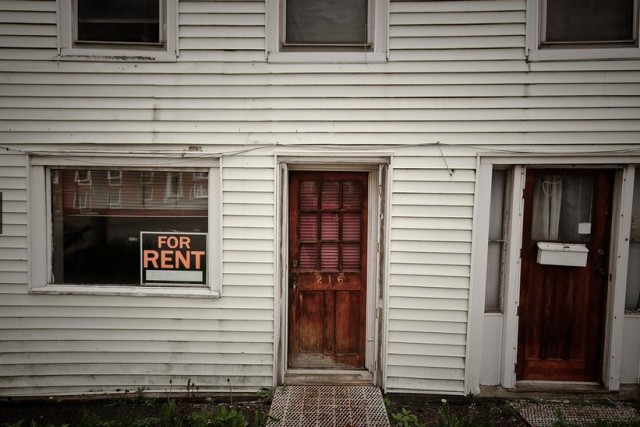Getting Renters to Save

A few weeks ago, I posted a Gallup poll showing that Americans believe that real estate and gold are better investment vehicles than putting money into a mutual fund, and Catherine Rampell’s argument that Americans prefer to invest in something tangible and that our tax code pushes people to buy homes despite the volatility of the housing market and housing values.
At Bloomberg View, Megan McArdle argued that buying a house could be less about long-term investing and more about “forced savings.”
Housing is pretty effective forced savings. We pay extra on our house each month, much to the dismay of many financial types of my acquaintance. Now, in theory, I could put that money right into mutual funds. In practice, I’m probably more likely to put it into a nice table for the backyard. As Dave Ramsey says all the time, the biggest mistake people make in talking about personal finance is treating it as a math issue. It’s not. The math behind personal finance is so risibly simple that journalists can do it. The discipline, however, is very hard. So the correct comparison for homeownership is not what the buyer could have achieved by putting all that extra money into a mutual fund; it’s what they would actually have done with the extra money if they hadn’t bought a house.
So while I’m not saying that you should definitely invest in a house, I won’t say you definitely shouldn’t, either; all I would say is that you shouldn’t count on your home value too much.
I totally dig the argument about discipline McArdle is making here.
In response, Josh Barro at the Upshot proposes an idea that would help renters do some forced saving:
Right now, the Obama administration is working with employers on a program called myRA, which would give more workers access to retirement accounts through payroll deductions at work. As an inducement to save, myRA participants will get access to an investment modeled on the “G Fund” from the Thrift Savings Plan for federal employees, which pays an above-market return on a safe, bond-like investment.
Why not also allow landlords to participate in myRA, with tenants able to roll a retirement savings contribution into their rent checks? This could make renters a lot like homeowners: They’d make a monthly payment, part of which would go toward housing consumption and part of which would go toward investment. Over time, they would build equity, but it would be in a stable investment instead of a speculative one.
As with a home mortgage, myRA-for-renters could be structured to require periodic commitments with options for the renter to adjust. Homeowners can refinance; renters could cut their myRA contributions when they renew their leases. But the default setting would be for the contribution to continue, or even increase, as is the case with employment-based retirement plans influenced by the “Save More Tomorrow” ideas of Richard Thaler, the University of Chicago economist.
Good in theory, but the main problem I see here is if it’s optional, renters won’t do it — they won’t get themselves to participate in forced savings. And it’s not because they don’t want to, but because, as McArdle says, they probably won’t have the discipline to. When homeowners pay a mortgage, they own a little bit more of it — the forced savings is built in. Unless a myRA-for-renters is implemented across the board for all renters, it’s unlikely to be effective.
Support The Billfold
The Billfold continues to exist thanks to support from our readers. Help us continue to do our work by making a monthly pledge on Patreon or a one-time-only contribution through PayPal.
Comments